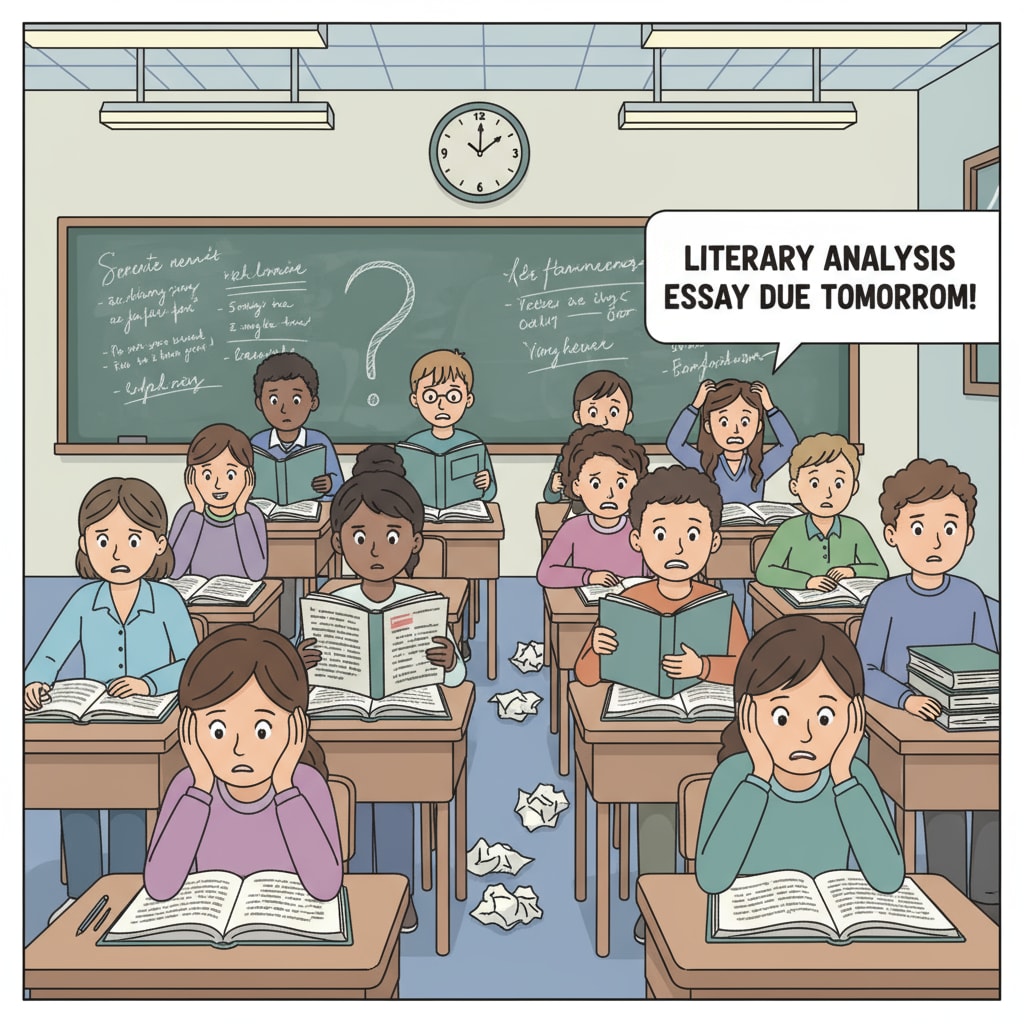In the realm of K12 education, the English curriculum in 9th grade often brings about a complex mix of English curriculum, teaching experience, and academic pressure. What was once a subject full of enthusiasm has now become a source of disappointment and concern for many students.

This shift is not only a personal struggle for students but also a significant issue in the field of education.
The Alarming Shift from Interest to Resistance
At the beginning of their English learning journey, students usually show great interest in the language. The vivid stories, interesting dialogues, and simple language structures in lower grades fuel their passion. However, as they enter 9th grade, a drastic change occurs. The sudden increase in academic requirements, such as more complex grammar, extensive reading materials, and in-depth writing tasks, catches students off guard. For example, students who were once eager to participate in English conversations now find themselves struggling to express complex ideas accurately. This transformation from interest to resistance is a clear sign of the problems within the current teaching model. Engaging Students in the Classroom on TeachThought

The Root Causes of the Teaching Dilemma
The teaching dilemma in 9th grade English is multi-faceted. Firstly, the curriculum design may not fully consider the transitional needs of students. There is a lack of smooth progression from the relatively relaxed learning environment in lower grades to the more demanding one in 9th grade. Secondly, teaching methods often rely too much on traditional rote learning and exam-oriented approaches. This fails to stimulate students’ creativity and critical thinking. In addition, the assessment system mainly focuses on test scores, putting excessive pressure on students. As a result, students are more concerned about getting good grades rather than truly understanding and enjoying the language. Teaching Methods on NEA
To address these issues, a series of teaching reforms are urgently needed. Teachers should adopt more innovative teaching methods, such as project-based learning and group discussions, to make the learning process more interactive and engaging. Moreover, the curriculum should be redesigned to ensure a more gradual and seamless transition. For example, introducing more real-life scenarios and practical applications can help students better understand and apply English knowledge. Finally, the assessment system should be diversified, taking into account students’ overall performance, including their participation in class, group work, and language skills development.
Readability guidance: As seen above, we have used short paragraphs to present different aspects of the problem. Each H2 section has a clear focus, and lists or explanations are provided to make the content easier to understand. We have also controlled the use of passive语态 and long sentences, and added transitional words like ‘however’, ‘firstly’,’secondly’, ‘in addition’, and ‘as a result’ to enhance the flow of the article.


